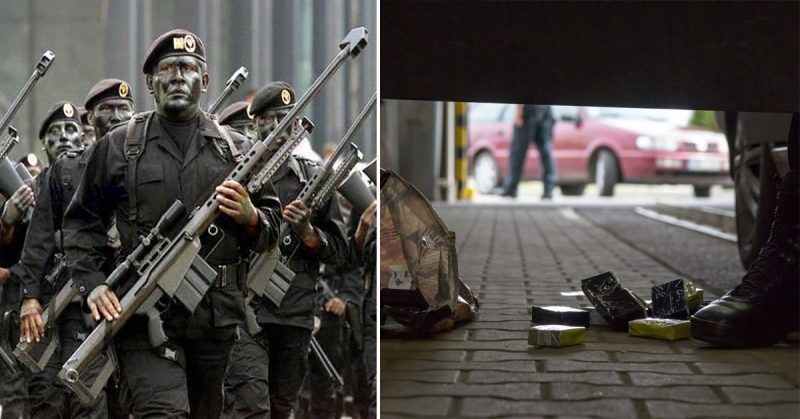One of the newest drug cartels operating in Mexico is known as the “Knights Templar.” It is also one of the strangest drug cartels. They are so mysterious and so powerful, most residents of Mexico refuse to speak about them. Authorities in the United States are desperate to rid the border of the cartel and their drug dealing. Authorities in Mexico are also desperate to put an end to the Knights Templar.
The problem, however, is that so little is known about this new criminal organization, and what is known is downright scary.
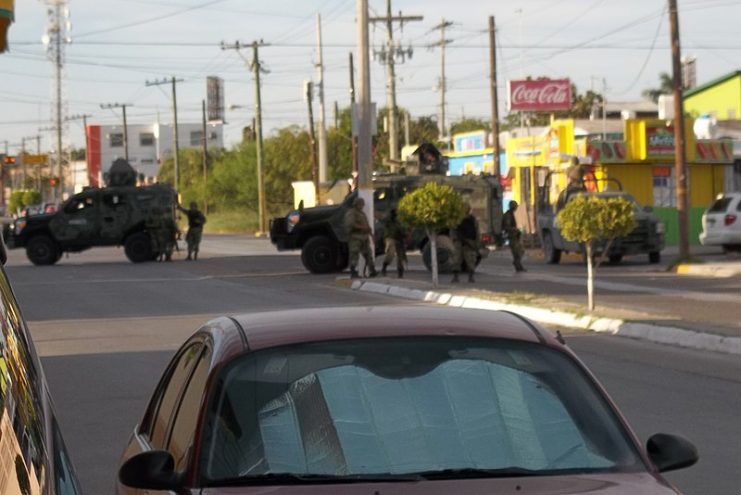
The Knights Templar, or the Caballeros Templarios as they are called in Spanish, arrived on the scene in March of 2011 as a splinter group of the once dominant La Familia Michoacána. They claimed to be serving as a self-defense movement on behalf of the Michoacán people against the larger criminal cartels in Mexico.
And they weren’t quiet about their emergence. They hung banners throughout Mexico stating that they would now be carrying out the altruistic activities of the once powerful La Familia.
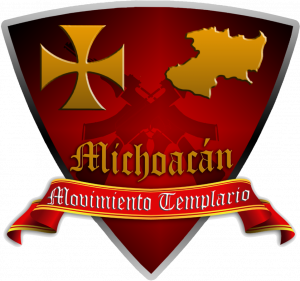
While they are mostly contained within Michoacan, they can also be seen operating across central Mexico, specifically in Guanajuato, Morelos, and Guerrero.
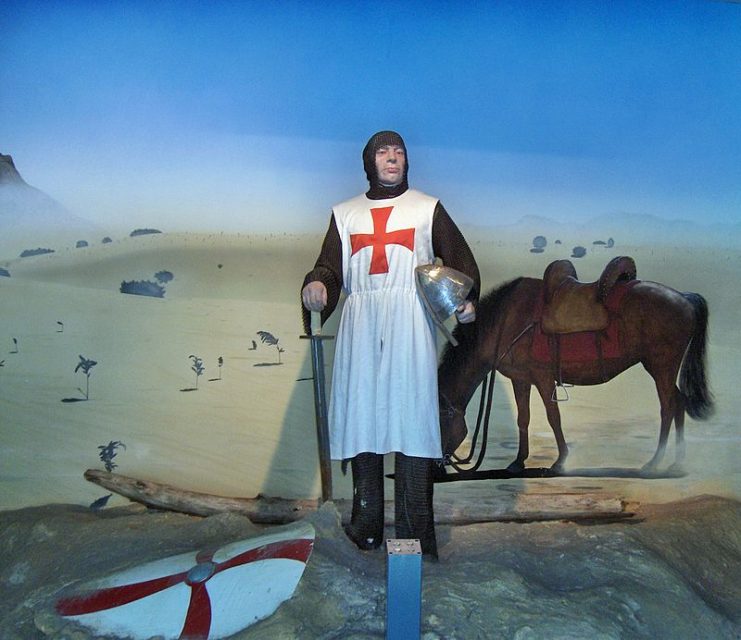
The Knights Templar allege themselves to be a religious order, proclaiming to follow the medieval military-religious order of the same name who were charged with protecting Christian pilgrims during their journey to the Holy Land. In fact, the cartel behaves like a secret society.
They wear hooded tunics with a red cross, a metal helmet, and Templar rulebooks. They hold initiation ceremonies for new members and carry out strange quasi-religious blood pacts.
The Knights’ new recruits are told to behave like “gentlemen,” yet they are also told that they must kill anyone they perceive to be rapists, thieves or kidnappers, hanging them from bridges and attaching messages of warning to their bodies. Some say that the religious element of the cartel is not legitimate.
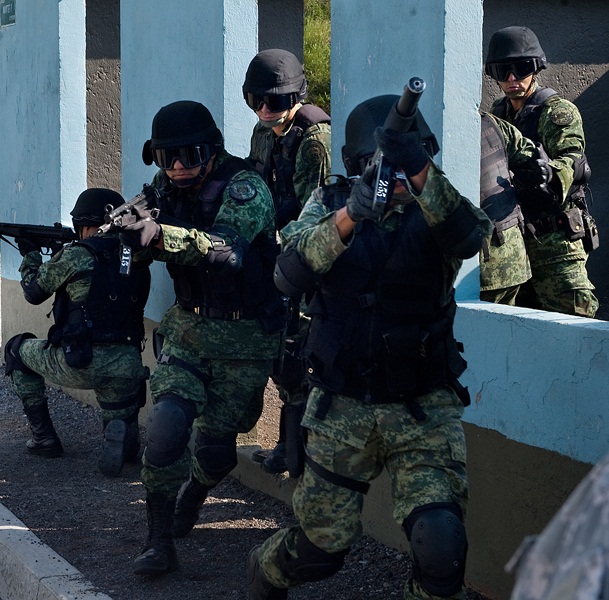
They allege that the religious cloak the Knights wear is a calculated move by the cartel’s founder to prevent his hit men from leaking private information while at the same time creating an aura of mystique around the criminal gang.
And that is what the Knights Templar cartel actually is: a typical Mexican drug cartel, engaging in criminal activities and violent attacks on the people and police of Michoacána. The government of Mexico has stated that the Knights Templar are involved in drugs, killing, kidnapping, and extortion.
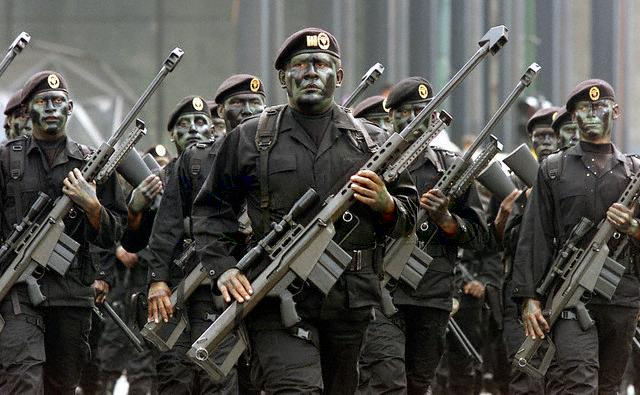
The Templars recruit ex-military specialists from the Mexican army to serve as their soldiers. They manufacture methamphetamines and cocaine and control their sale in and around Mexico. They even plant their men inside drug rehabilitation centers in order to recruit more customers. The Knights are thought to be the second most notorious cartel in Mexico in terms of killing methods.
Perhaps surprisingly, most of the Knights Templar money comes not from drugs but from extorting local businesses. It is estimated that, like its predecessor La Familia, over 85% of the Knights’ funding comes from criminal extortion. In 2013, many of the local businessmen decided that they were tired of paying the exorbitant “protection” fees demanded by the Knights and rebelled.
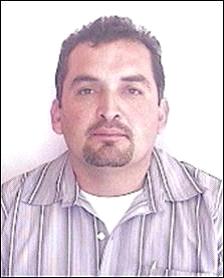
Fearing a loss of control and power, the Knights decided to take a different tactic – they told the businesses that they were no longer required to pay for their protection. They did this in the hope that the businesses would voluntarily surrender funds to the Templars to maintain the peace and protection they claimed to provide.
This was not the result, however, and the Templars found themselves lacking much-needed money.
With the Knights Templar weakened, Mexican and US authorities prayed that the crime rate and drug trade would lessen in Mexico. This, however, was not to be the case.
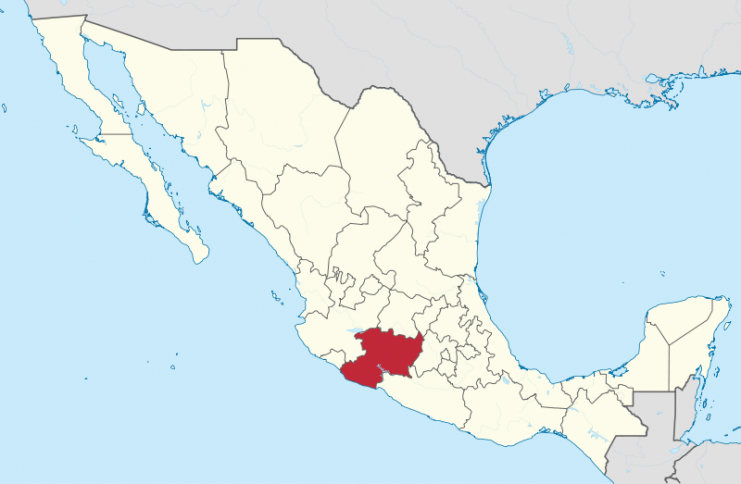
Authorities are now seeing former cartel members killing and robbing indiscriminately. A substantial number of the Knights’ forces defected to other criminal groups, including the self-defense forces. These men were originally military-trained soldiers who had no problem using force on innocents.
They are even out of the control of the cartel at this point. The Mexican federal police and military cannot seem to find a way to drive down the crime and homicide rates in Michoacan – the highest homicide rates in all of Mexico.
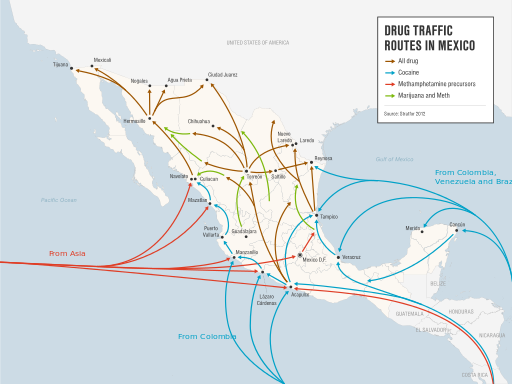
Despite its claims to want to shut down the Knights, many allege that the Mexican government is part of the problem. Some residents report that the Knights never brought harm to their communities. They say that it is only the involvement and presence of the Mexican government that creates a problem.
Accusers claim that the Knights’ extortion activities are propelled further by its influence over Mexican government officials, through intimidation, bribes, and kickbacks. At the end of 2012, the Knights even welcomed Mexican President Enrique Pena Nieto with banners promising to lay down their arms if the President indeed kept his campaign promises. None of these promises were taken seriously.
It wasn’t until 2014, when the Knights’ cartel leader El Chayo and its second in command Enrique “El Kike” Plancarte were killed, that the Knights Templar operation truly seemed to begin its descent. With its leadership destroyed and so many of their soldiers going rogue, the Knights’ power and influence in Mexico are waning.
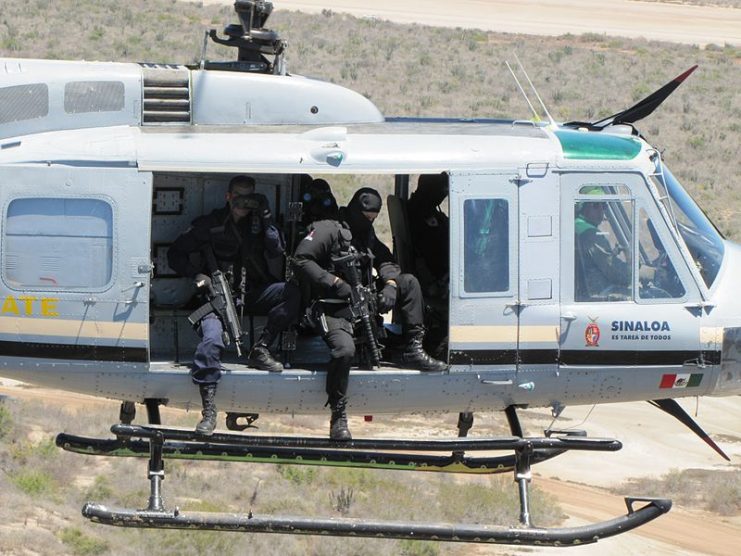
The assumed leader of the Knights Templar from 2015 until 2017 was Ignacio Renteria Andrade, known as “El Cenizo.” He was arrested by Mexican security forces in 2017. This officially marked the demise of the cartel.
The fear now, a year after the arrest of “El Cenizo,” is that there is another cartel waiting to take the place of the Knights Templar. It is only a matter of time before a new cartel springs up, eager to make their mark in the drug trade in Mexico.
